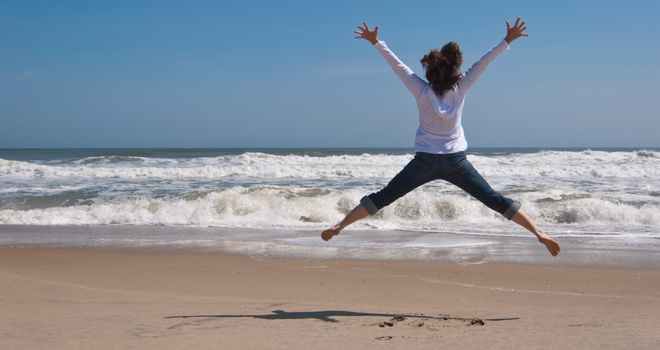
you need to move it, move it – body and mind in action
You all know I’m passionate about how your body and mind work – especially how one can support the other’s change.
Two of my favourite experts are Amy Cuddy, a Harvard Social Psychologist and Doctor Dance aka Peter Lovatt of the Dance Psychology lab. Both work to learn how moving our bodies affects our brains – in Cuddy’s case to see how hormones change our peformance and Peter uses dance to change our abilities and mood.
Your self-perception of your abilities to do something can creep out into your body language – if you’re unsure or lacking confidence, your body posture will typically become smaller. You might cross your arms, avoid eye contact or fidget with your hands. However, feeling great about yourself makes you stand a touch taller, smile more and exude more warmth.
Amy and her team started to measure 2 hormone changes, testosterone and cortisol. The first you’ll know is the “male” hormone and affects our risk taking and the second is the “stress” hormone. Her research focused on hormonal changes in students as they were interviewed. Prior to the interview, some were asked to “power pose” – large, open body postures – and others to adopt low status poses – ie hunched over to make themselves smaller with limbs crossed.
The results? Power posing tricks the brain into increasing testosterone and decreasing cortisol: students relaxed and felt more confident. Importantly, they performed better in their interviews.
The Dance Psychology lab is seeking to understand why dancing changes the way we feel. I saw Doctor Dance at a School of Life Sunday Sermon and did some curvy belly dancing and line dancing. Shoulder shimmying and swirling arms open up our creative thinking; whilst the squarer steps gave our logic problem solving skills a boost. WOW! You can watch the sermon here on his next School of Life event page, a dance night in October. I’ll be there and hope you’ll join me.
I use a combination of these to raise my game, increase my personal impact and inspiration. With teams, I’ve incorporated power posing to presentation and influencing skills training and worked with individuals to increase their confidence ahead of difficult situations. By changing body position, posture, gestures and so on, you can make your brain function better, change your mood and open up opportunities. Bringing your body and mind into harmony
Do you consider your body when approaching a situation where you want to be at your best or when your mood needs an uplift? Let us know in the comments; what you do and any favourite tracks to get you moving!






You haven’t mentioned Prancersize. Surely that’s an option.